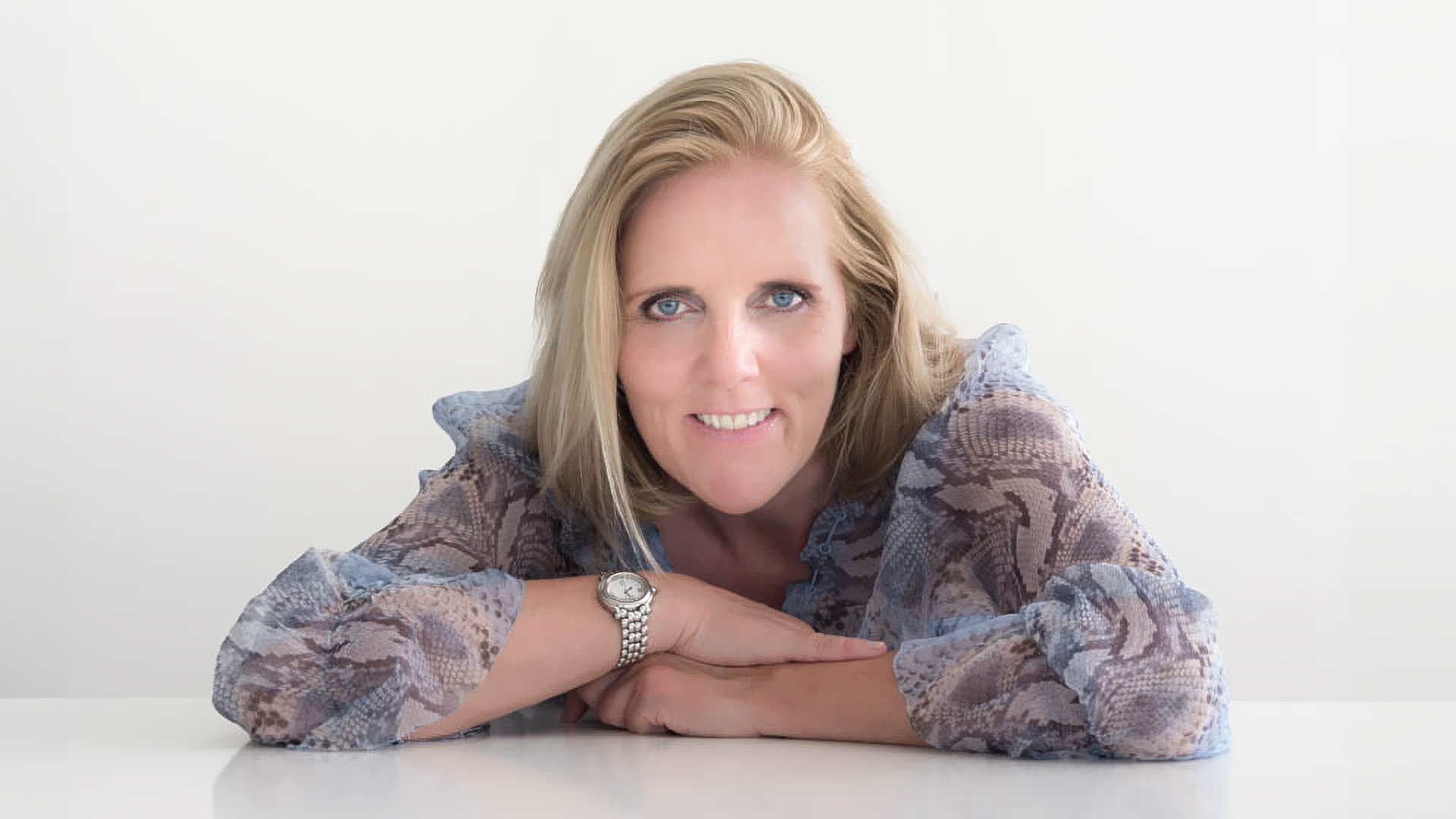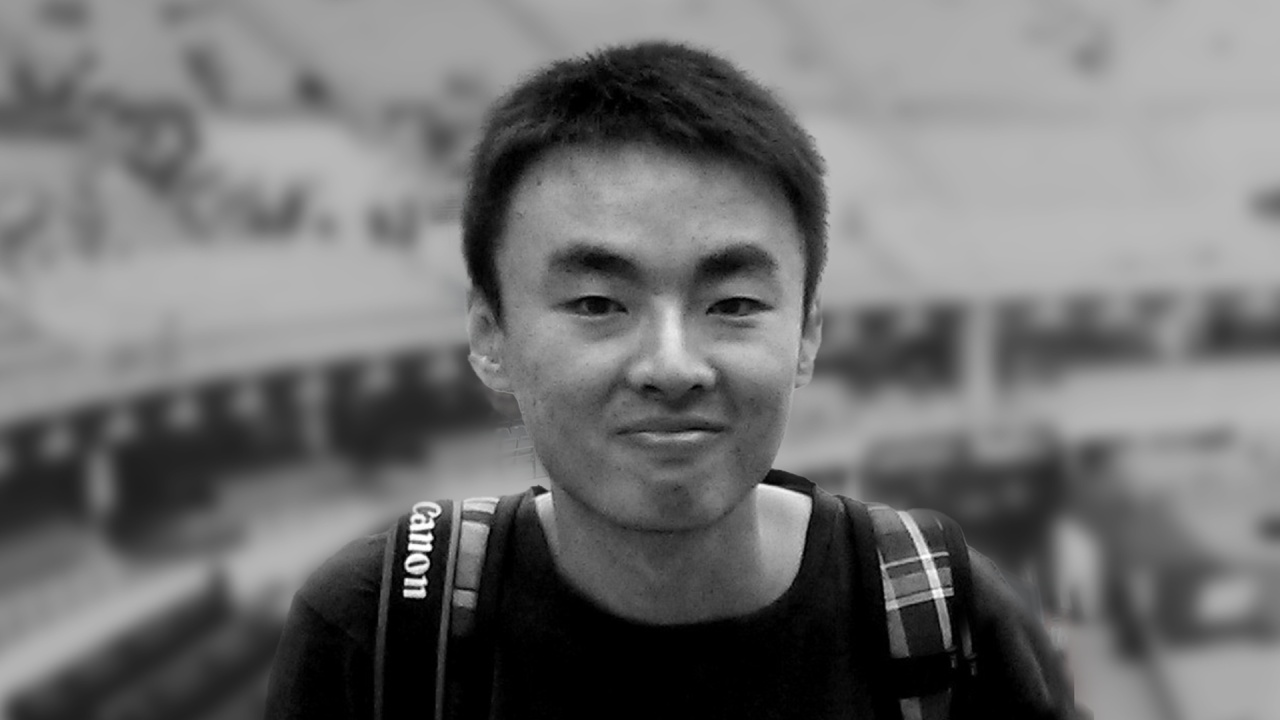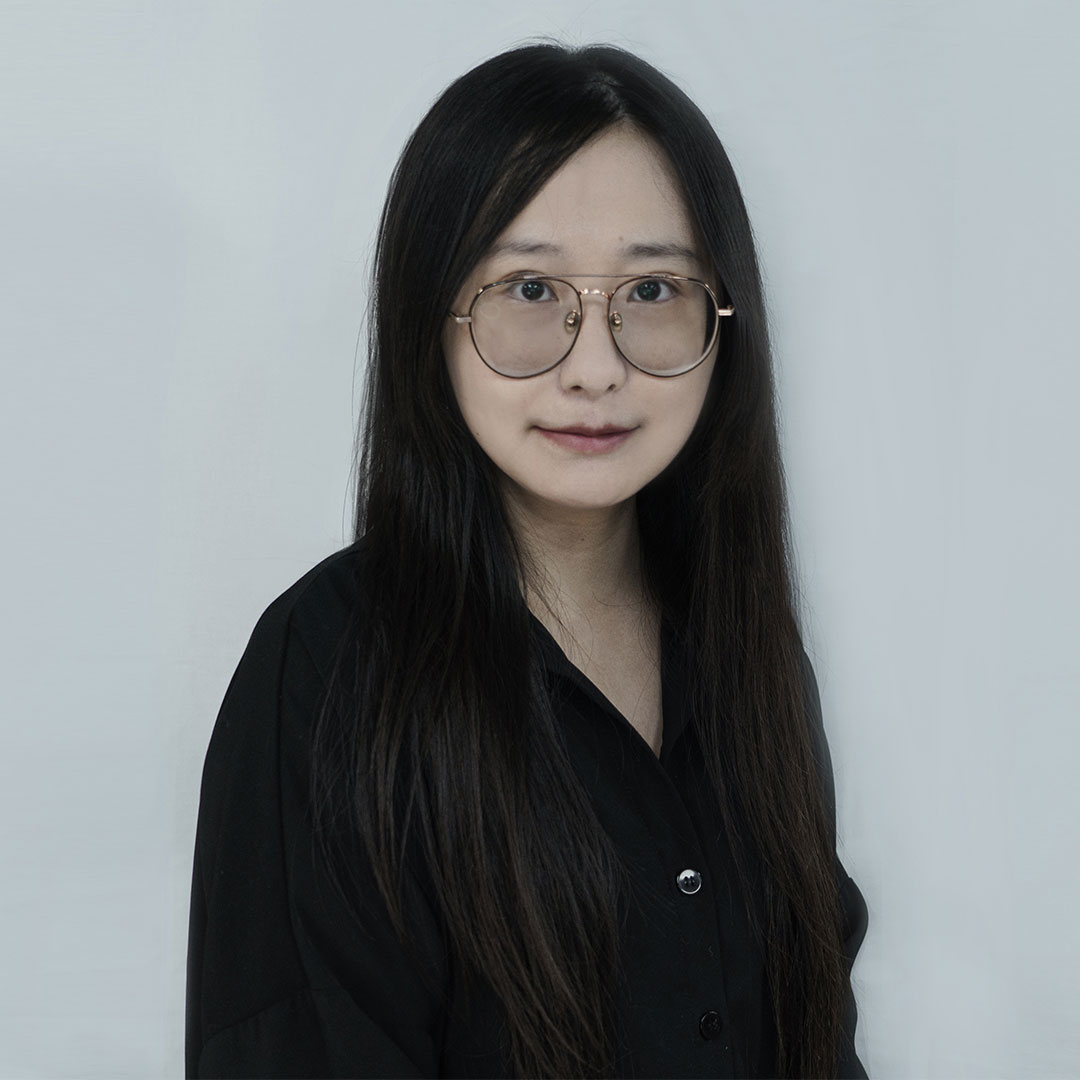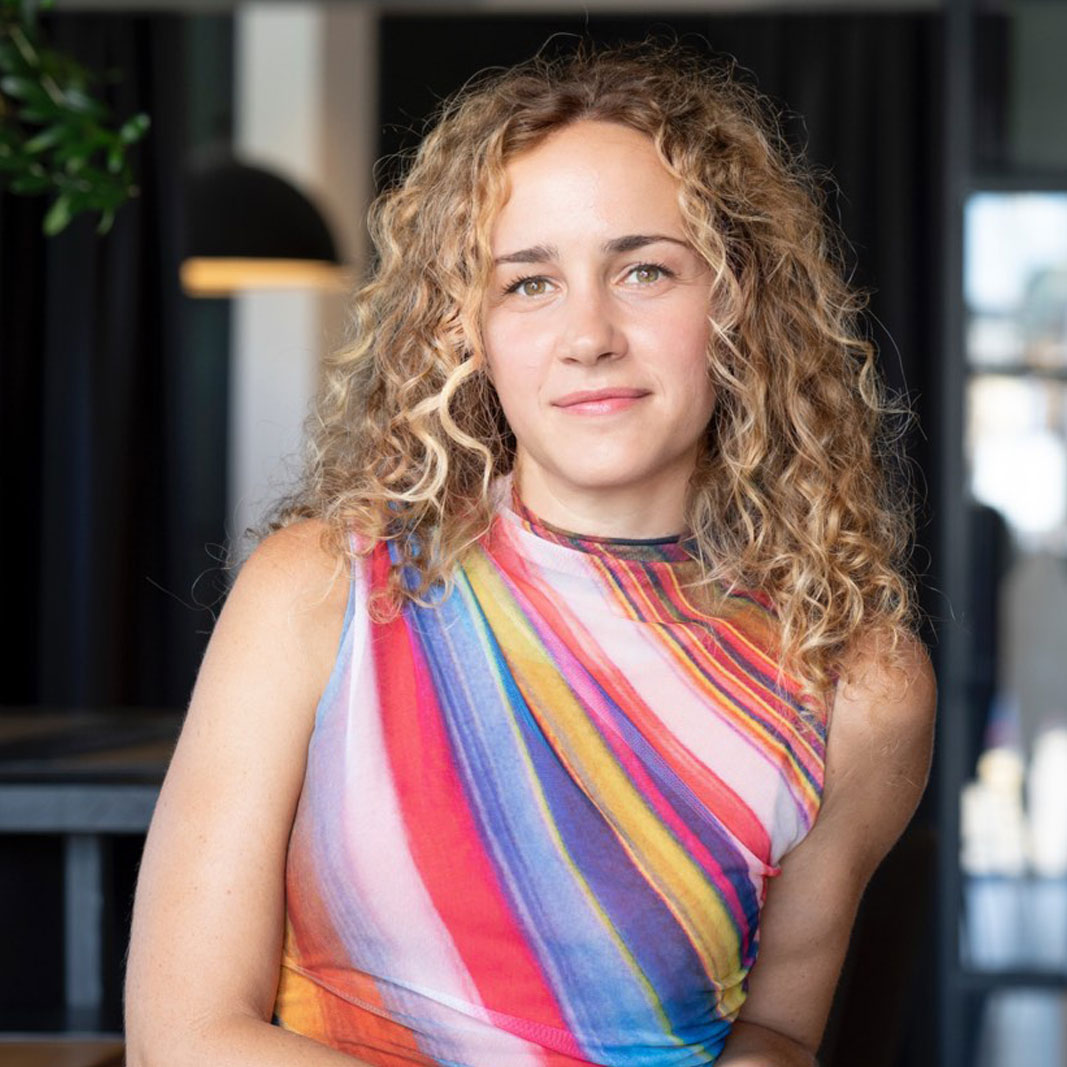Cultural Stories in Frame: An Interview with Photographer Gabi Steiner
Gabi Steiner
From her first course at the Prague School of Photography, Gabi Steiner discovered the power of photography as both creative expression and cultural documentation. She now dedicates her work to minimalist images that honour indigenous traditions and evoke emotion.
As long as I can remember, I have been deeply passionate about travel photography. Despite my enthusiasm, I longed to refine my photography skills to reflect my creative vision more professionally.
The pivotal moment in my artistic journey occurred in 2017 when I had the fortune of meeting Helga Partikel, an inspiring instructor, during an introductory course at the renowned Prague School of Photography. Her passion for photography and insightful guidance opened a new world for me.
Since that first encounter, I have eagerly participated in several courses at her photography college, where I have witnessed a remarkable transformation in my abilities. With her expert mentorship, what began as a simple hobby has blossomed into a heartfelt passion, fueling my desire to capture the world in all its beauty.
Through my trained eye for potential subjects, I have learned to be more vigilant and see things I would have overlooked before. When I am out with my camera, I am so focused that I forget everything around me and lose all sense of time. To sum it up, I would phrase it like this: "Photography makes me happy and is balm for my soul.“
The photo was taken during a trip through the Omo Valley in southern Ethiopia. We visited the cattle farm of the Suri tribe very early in the morning. The utopian atmosphere was enhanced by the cows in the confined space, the smoke rising from the fire pits, and the young boys rubbing their bodies with ashes.
For the Suri people, the cattle camp is part of the lifestyle and is mainly cared for by men. Therefore, the boys of the tribe start to learn pastoral farming skills from a young age. They don’t really eat cattle, but milk is a main food source. Men normally don’t wear anything in a cattle camp. They rub their body with ash, soil, and even cattle dung before sunrise.
I am overjoyed and thrilled that my first participation in an international photography competition has been so successful. Photography is my passion, but such success is, of course, also a motivation.
To be honest, the professional European Photography Awards Winner of the Year for 2024, Trevor Cole, pointed out to me that this photo is an award-winning photo. That's why I even considered participating in an international photography competition for the first time.
The usual thing: I captured my travel experiences of every destination I visited. Whenever I returned home from my adventures, I enjoyed glueing my favourite photographs into colourful photo albums or curated exquisite photo books.
I do not have a classic genre in photography because I enjoy various subjects, from landscape to portrait, and I can also delve into street photography. I love everything that I consider beautiful from my point of view, but a photography project can also be extremely interesting. During my training at the photography college, I often worked on a project for months, which was very fulfilling in the end.
At the time, I opted for an Olympus digital camera because it was the most acceptable weight for me when travelling. I always have my all-rounder lens, Olympus M.Zuiko digital ED 12-100mm 4.0 IS PRO within reach because it covers so many possibilities.
I have been taught like a mantra that there can only be one KING in a photo; therefore, I prefer to take minimalist images that still tell a story. Moreover, I try to awaken emotions with my photos.
I felt completely overwhelmed at the cattle farm, as so many cows were crammed into such a small space, and I couldn't see any opportunity to take an acceptable photo. Even when I left the farm, I wasn't at all enthusiastic about my photography skills. That is why this win is so surprising for me.
Capturing the lives and traditions of tribal communities fascinates me. In a time of rapid modernisation, I consider the photographic documentation of indigenous peoples to be worthwhile. I have a deep respect for cultural preservation and try to raise more awareness for different cultures with my art.
My inspiring instructor, Helga Partikel, at the photography college. She taught me so much about photography, image composition, editing, post-processing, and presentation.
As a travel photographer, I love Steve McCurry's work, the breathtaking long exposures of Michael Kenna and the photographer of the soul, Arnold Newman, just to mention a few.
It is always worth a try. Since this was my first competition, I don't have much experience myself yet.
The best way to learn is by practising a lot. If you want to get more out of your photography, courses are helpful in order to obtain critical assessments from external individuals.
As I shoot in raw format, image development plays a crucial role. However, when taking photos, I make sure to shoot in such a way that I can minimise post-processing. I mostly work with Lightroom.
AI offers a wide range of possibilities, from automated image processing to the creation of completely new virtual worlds. Nevertheless, human creativity remains indispensable for creating impressive and moving images. In my opinion, the artistic eye of an experienced photographer cannot be completely replaced. I think photography and AI should be viewed separately as distinct art forms.
I imagine that taking photographs freely in the heart of the Vatican would be inspiring.
Winning Entry
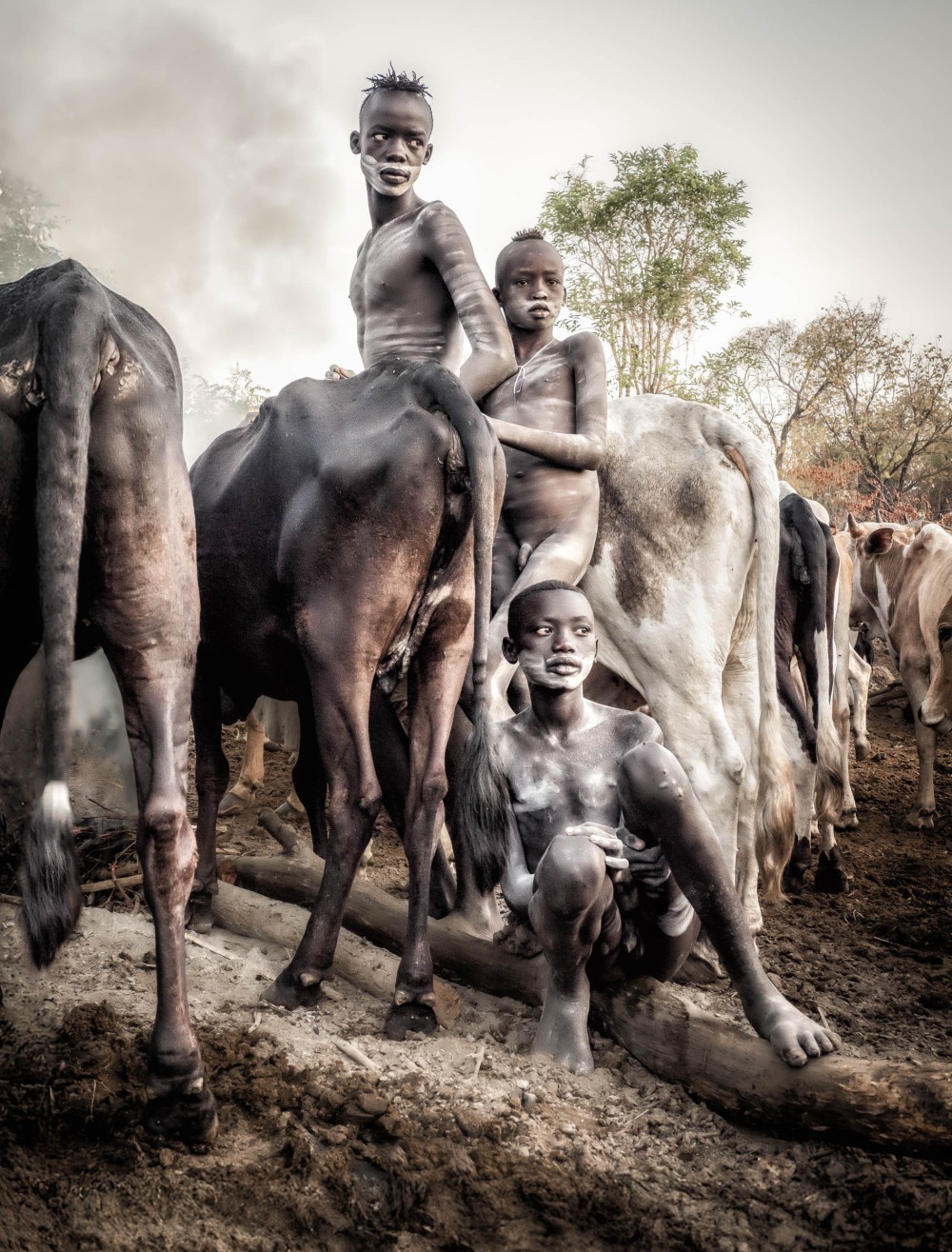
Read about the interview where Haochen He, Both a Photographer & Architect Balances the Stories in Photography, here.
ADVERTISEMENT
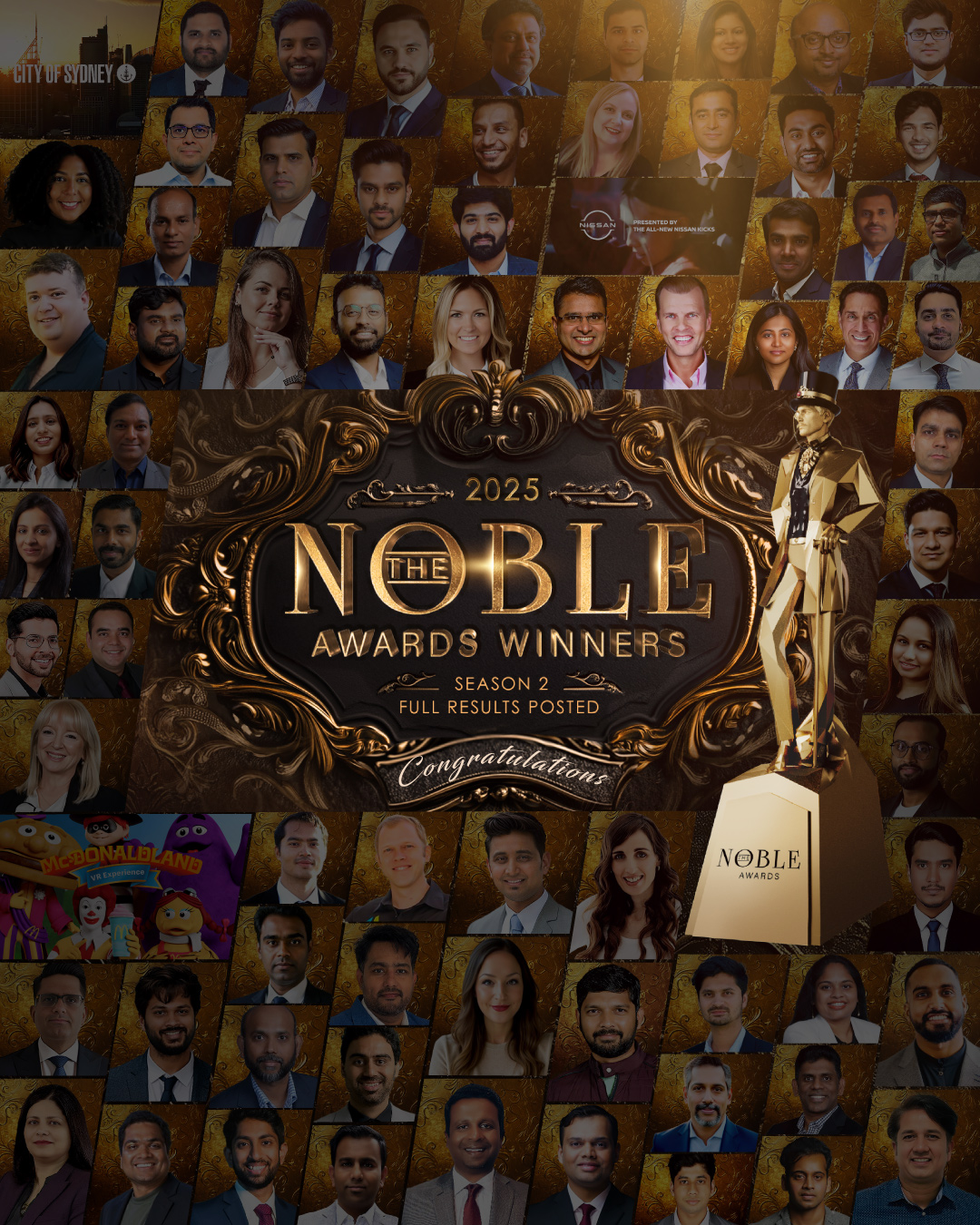




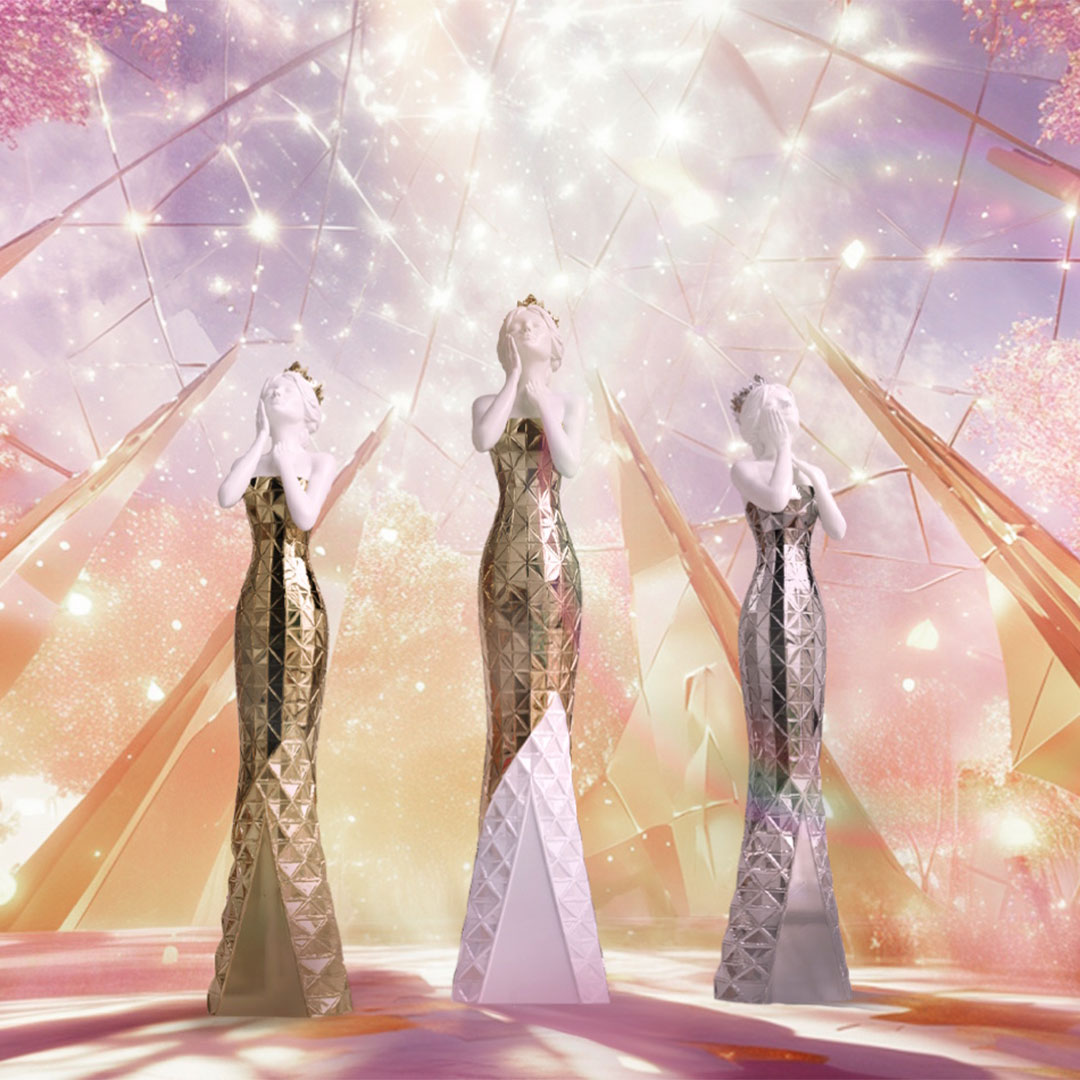


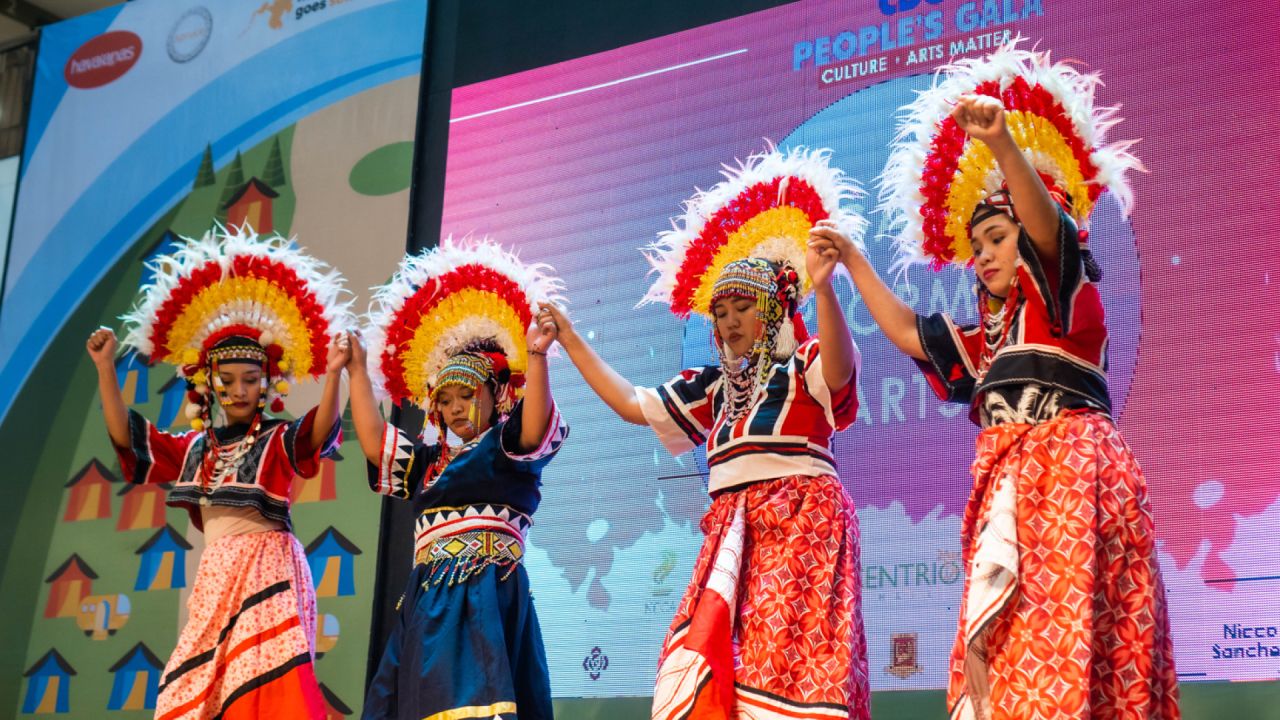

IAA GLOBAL AWARDS
MUSE Awards
Vega Awards
NYX Awards
TITAN Awards
- TITAN Business Awards
- TITAN American Business Awards
- TITAN Property Awards
- TITAN Women In Business Awards
- TITAN Health Awards
- TITAN Innovation Awards
- TITAN Brand Awards

